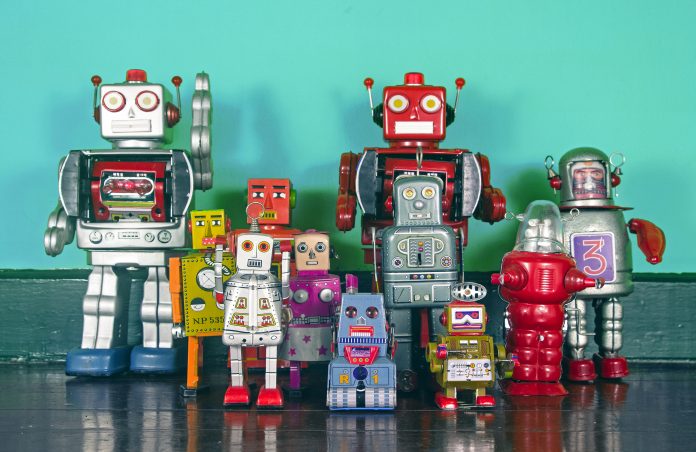Machine learning could be the solution to the “big challenges” of accurately diagnosing depression, say scientists at the University of Birmingham
We have seen interesting research strides in the role of the brain in future mental health situations, whether caused during this lifetime as in Holocaust survivors or inherited in the womb from a mother with trauma.
We’ve also seen new ideas working to solve the symptoms of even the most severe depression, via neuromodulation – an implanted machine that can change the way the brain works. It cured one woman instantly of her lifelong symptoms, which made it impossible for her to work or live freely.
But patients who have mixed symptoms of depression and psychosis are more difficult. Their diagnosis has to be really accurate to give the best chance of treatment – but it can be tricky to understand what is a primary or secondary symptom.
What role does machine learning have to play in diagnosis?
“The majority of patients have co-morbidities, so people with psychosis also have depressive symptoms and vice versa,” explains lead author Paris Alexandros Lalousis.
“That presents a big challenge for clinicians in terms of diagnosing and then delivering treatments that are designed for patients without co-morbidity. It’s not that patients are misdiagnosed, but the current diagnostic categories we have do not accurately reflect the clinical and neurobiological reality.”
Researchers at the University of Birmingham have used machine learning to accurately identify patients with a mix of psychotic and depressive symptoms.
The experiment used the experiences of 300 patients
The researchers examined questionnaire responses, detailed clinical interviews and data from structural magnetic resonance imaging from a cohort of 300 patients taking part in the PRONIA study, a European Union-funded cohort study taking place across seven European research centres.
The team used this knowledge to identify machine learning models of ‘pure’ depression and ‘pure’ psychosis, which would give healthcare providers a way to understand which is the primary cause and which is secondary. This can create a strong treatment pathway for each individual patient, which is then more likely to work.
What did they find out?
The team found that patients with depression as a primary illness were more likely to be diagnosed accurately, but then patients with psychosis and also depression had symptoms which most frequently tended towards the depression dimension.
This could mean that depression actually is more relevant to psychosis than researchers had previously realised.
‘Machine learning could become a critical tool’
Mr Lalousis further commented: “Our study highlights the need for clinicians to understand better the complex neurobiology of these conditions, and the role of ‘co-morbid’ symptoms; in particular considering carefully the role that depression is playing in the illness.
“In this study we have shown how using sophisticated machine learning algorithms which take into account clinical, neurocognitive, and neurobiological factors can aid our understanding of the complexity of mental illness. In the future, we think machine learning could become a critical tool for accurate diagnosis.
“We have a real opportunity to develop data-driven diagnostic methods – this is an area in which mental health is keeping pace with physical health and it’s really important that we keep up that momentum.”











